Beyond the Hype: Decoding Gen Z's Blind Box Obsession
 2025-04-02
2025-04-02
Cynthia Yushan Shia, March 28, 2025.
What Is a Blind Box?
The blind box economy is sweeping through the Chinese market, with its core appeal rooted in the “unknown”. Consumers cannot know whether the box contains a common item or even a limited edition item. This sense of thrill has deeply captivated Gen Z, while the social attributes and collectible nature of these products further drive market growth.
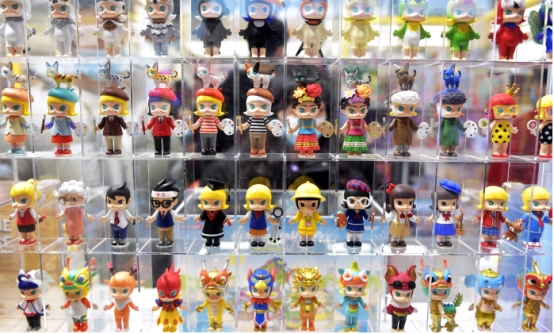
Source: Global Times | Apr 28. 2021
What's Behind the Blind Box Craze?
Data shows that China's blind box market has skyrocketed from several billion US dollars in 2019 to over 4 billion USD in 2024, with projections surpassing 4.5 billion USD by 2028. However, this market overheating has sparked controversy: businesses exploiting information asymmetry to induce purchases, young consumers facing financial strain due to obsessive collecting, and artificially inflated prices for rare items in secondary markets.
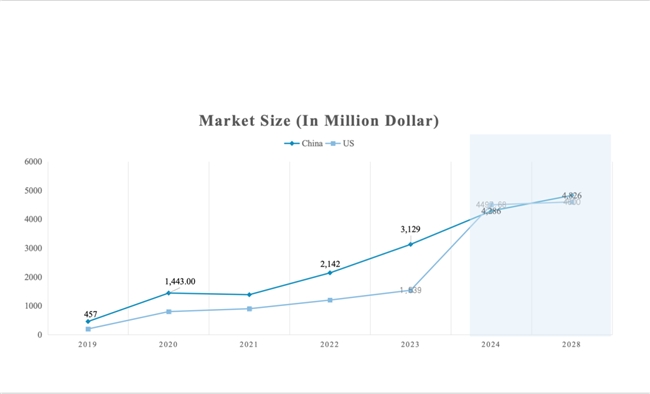
Graph: The Market Size Is Growing at a High Speed
A survey conducted by a Beijing student reveals that the typical blind box consumer profile is predominantly students, with 75% having purchased blind boxes. Among young adults aged 18-24, 25% reported buying blind boxes at least monthly - a rate significantly higher than other age groups. Market research reveals that 60% of young consumers continue purchasing blind boxes in anticipation of obtaining hidden collectibles, 46.6% persistently buy to complete full sets, while a striking 93.3% experience disappointment when failing to acquire their desired designs.
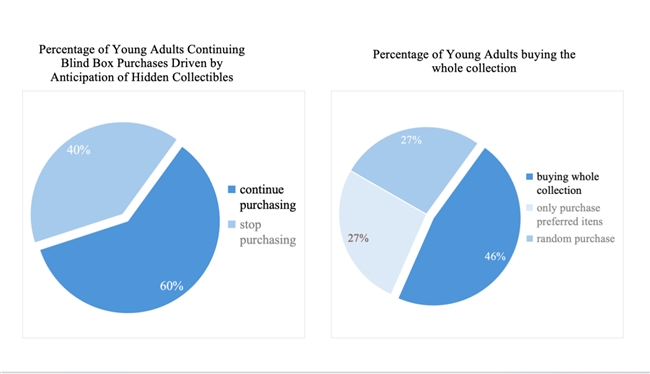
Graph: Young Adults reported to continue purchasing blind box for hidden collectibles or the whole collection
This overheated consumption behavior has created financial burdens, with young consumers facing financial strain from excessive collecting, experiencing anxiety over unattained hidden editions, and being forced to cut daily expenses due to overspending. Despite 60% of young consumers acknowledging blind boxes as "overpriced" and recognizing the information asymmetry in the market, they still struggle to resist the urge to continue purchasing.
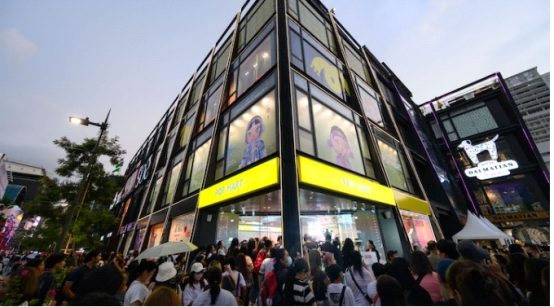
Source: Inside Retail | Oct 31, 2024
How Blind Box Consumption Plays on Gambler Psychology?
Nearly one-third of young consumers reported actively tracking the probability of obtaining hidden editions, with over half continuing purchases due to feeling "nearly obtaining" - demonstrating clear gambler's fallacy tendencies. This phenomenon demonstrates how limited-edition marketing triggers fear of missing out (FOMO), while randomized rewards drive dopamine-fueled repetitive purchases.
These irrational consumption patterns can be further elucidated through behavioral economics and consumer psychology frameworks. Notably, blind box designs share psychological parallels with slot machines, as both utilize variable-ratio reinforcement to sustain user engagement through intermittent rewards.
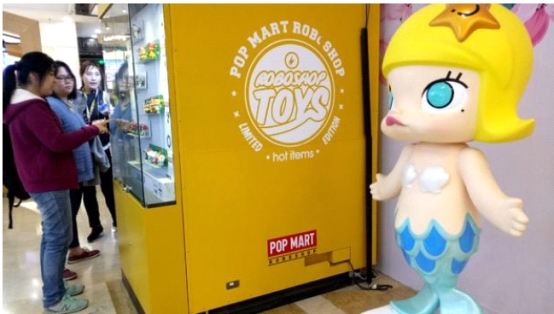
Source: China Daily | Dec 26, 2020
Random Rewards: The "Maybe Next Time" Addiction
Blind boxes tap into the same brain chemistry as gaming loot boxes – the thrill of not knowing what you’ll get. Just as video-game players keep playing for rare virtual items, blind box buyers chase the dopamine rush from potentially scoring a hidden collectible. Studies show unpredictable rewards trigger twice more dopamine than predictable ones, keeping consumers hooked on the "one more try" mentality.
Loss Aversion: The Sunk Cost Trap
Once you’ve bought a few blind boxes, quitting feels like wasting previous efforts – like walking away from a claw machine after 10 failed attempts. This "I’ve already spent this much" mindset locks people into chasing losses. Surveys reveal over 60% of buyers continue purchasing even after realizing the low odds, driven by the irrational fear that stopping now would make past spending meaningless.
These two psychological forces work like a seesaw in blind box addiction: the thrill of potential wins gets you started, while the dread of walking away empty-handed keeps you going. This push-and-pull dynamic is what makes blind boxes so hard to quit.
As blind boxes continue to blur the line between entertainment and exploitation, one question lingers: When the thrill of the unknown becomes a trap of compulsion, how do we redefine "fun" before it costs more than just money?
Not just blind boxes, but an increasing number of collectible consumer goods have begun to emerge. Undoubtedly, these products have effectively stimulated economic growth, enhanced social interactions, and further promoted the development of the cultural and entertainment industries.
While these emerging consumer goods offer entertainment and cultural appeal, it's worth considering the underlying dynamics at play, allowing consumers to enjoy them responsibly and with a sense of balance.
Newest
-

Seer Onnet Hosts Red Horse & Red Goat: Breaking the Annual Fate Cycle Master Lin He’s Hong Kong Fan Meet Draws Massive Crowds, Setting the Tone for 2026 Metaphysics Trends
-

RWA Drives the Digitalization of Physical Assets Fuli Builds a Digital Trading Platform
-
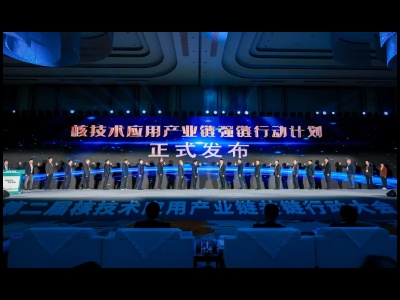
China showcases progress in nuclear medicine and AI-driven nuclear technology for industrial applications at major conference
-

putin's scientists are creating spy pigeons controlled by brain implants
